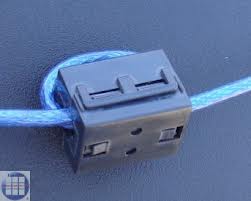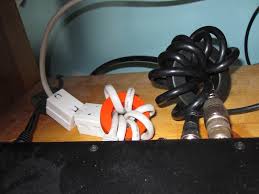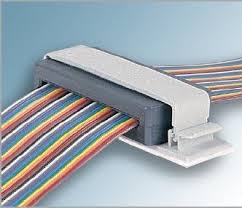pshipkov wrote on 2022-07-20, 18:56:
Too bad stability issues are striking again.
We went over it once or twice already in previous posts, but again - i am confident that the jumper settings you used as a reference from the picture i provided are correct and work really well with all settings on max, maxed-out RAM, 0-waits and 25-30MHz frequency range.
Good chance you have flaky RAM modules.
There might be some slight differences between our boards then especially with the top row of jumpers, I have mapped the pins listed below a few other things I have discovered:
The issue with 4mb RAM modules not being detected properly is solved and so, so simple, just a simple BIOS setting, the 384 relocate option which I have mentioned before.
When I booted during testing with 16mb (or 8mb when fault finding if a module was a problem) with jumpers as per @pshipkov computer it would only report 640kb, which confused me as the machine was obviously seeing some RAM to allow boot and see 640kb, also it would boot into DOS, thinking it was not seeing the whole module. Of note, during testing I did not have a battery connected.
The option to allocate 384kb and make it extended memory is enabled by default when the BIOS starts with its default settings (i.e. when started with no battery), when I disabled this option it today (don't know why I thought of it), the boot showed 7808kb, so therefore only half the SIMM banks where detected, don't know how I missed this.
Previously I suspect that a jumper or jumpers would have something to do with the selection of DRAM or SIMM but previously had no luck working it out (probably because of that damn BIOS option reporting the wrong detected RAM).
The jumpers work in groups of three, the pattern easily seen when I traced them previously. So shorting all jumpers between pins 2 and 3 the system would not boot, now as I have nothing in the DRAM sockets would suggest pin 3 connects the DRAM sockects. Shorting all jumpers between pins 1 and 2 allows boot with all 16mb found, suggesting pin 1 connects the SIMM sockets, would of figured this out far earlier if the RAM size reported as they should of.
As per the reference board:
shorting pins 2 and 3 on JP 3 to 5
shorting pins 1 and 2 on JP 6 to 8, only activates two of the SIMM sockets.
So I tried it the other way around:
shorting pins 1 and 2 on JP 3 to 5
shorting pins 2 and 3 on JP 6 to 8, causings no POST (might have done with DRAM installed).
The pins mapped would also reflect this
JP8 Pin 1 RAS0*
JP8 Pin 3 RAS2*
JP7 Pin 1 CASL0*
JP7 Pin 3 CASL2*
JP6 Pin 1 CASH0*
JP6 Pin 3 CASH2*
JP5 Pin 1 RAS1*
JP5 Pin 3 RAS3*
JP4 Pin 1 CASL1*
JP4 Pin 3 CASL3*
JP3 Pin 1 CASH1*
JP3 PIn 3 CASH3*
Sorry for the long winded post.
But the question remains why is the shadow option causing random freezes? Ran a burn-in test over night and no crashes what so ever, RAM tests also suggest the modules are all good.


